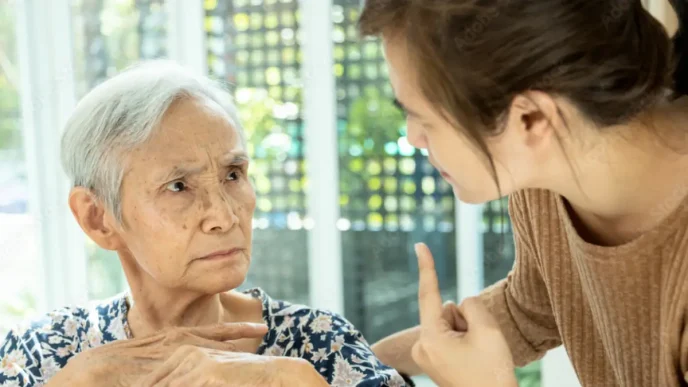In a vibrant celebration of Filipino identity, Chef Jam Melchor has unveiled Kayumanggi: A Kaleidoscope of Filipino Flavors and Food Traditions, a book that promises to be a cornerstone in the preservation and promotion of the nation’s culinary heritage. Launched on 19 February at the Sheraton Manila Hotel, this ambitious project, supported by the Department of Trade and Industry, is more than a mere cookbook; it is a heartfelt call to action for Filipinos and food enthusiasts worldwide to explore, celebrate, and safeguard a cuisine that has long remained in the shadows of global recognition.
Melchor, the founder of the Philippine Culinary Heritage Movement, has dedicated years to championing Filipino food, a passion rooted in the belief that it deserves a prominent place on the international stage. “For the longest time, Filipino food was held in the quietude of the household. Loved but never shared,” he remarked in 2018, a sentiment that continues to drive his work. With Kayumanggi, he aims to change that narrative, offering over 150 regional recipes from Luzon, Visayas, and Mindanao, accompanied by evocative illustrations that pay homage to the cookbooks of yesteryears.
The timing of the book’s release is significant. Filipino cuisine is enjoying a surge of appreciation both locally and globally, bolstered by milestones such as the arrival of the Michelin Guide in the Philippines. Melchor has played no small part in this renaissance, representing the country at prestigious international events like the Le Tavole Accademiche in Italy in 2017 and the ASEAN Heritage Train Conference last year. His advocacy extends beyond the kitchen, encompassing talks at universities and lobbying for policies to support Filipino culinary traditions.
At its core, Kayumanggi is a tribute to the diversity of Filipino flavours, featuring classic dishes at risk of fading in the face of globalisation. Recipes like misua patola (a noodle and gourd soup), lumpiang sariwa (fresh spring rolls), and sansrival (a layered cashew meringue cake) are lovingly documented, ensuring they remain part of the nation’s culinary lexicon. During the launch, Sheraton Manila Hotel’s executive chef Andrea Burzio prepared these dishes, offering guests a taste of the heritage Melchor seeks to preserve.
Yet, as Melchor himself emphasises, the book transcends recipes. “It’s about preservation, education, and advocacy. It is a call to action,” he says. By making Kayumanggi freely available—a decision born from a desire to support local food micro, small, and medium enterprises (MSMEs), culinary entrepreneurs, and creative industry stakeholders—Melchor hopes to inspire community-driven change. The book, set to roll out to the public in April 2025, just ahead of Filipino Food Month (a celebration he spearheaded), serves as both a guide and a manifesto for future generations.
Filipino culinary historian Felice Prudente Sta. Maria, who penned the prologue for Kayumanggi, echoes this sentiment. “Every sip and every bite into a Filipino meal are ways we can celebrate and keep alive what we like as Filipinos, what we admire and what we respect in Filipino heritage,” she writes. Her words underscore the book’s broader mission: to instil a sense of pride in cultural roots, sustainability, and the stories behind each dish.
Melchor’s journey to Kayumanggi was not without challenges. Initially, the dream of publishing a cookbook was stalled by production costs. However, while working at the US Embassy, he revisited the idea, drawing on a treasure trove of heirloom recipes collected through years of research and travel. These dishes, often showcased during official missions abroad, became the foundation of the book, a testament to his unwavering commitment to sharing Filipino cuisine with the world.
What makes Kayumanggi truly essential is its ability to carve out a distinct identity for Filipino food, one that is “sun-kissed” and deeply rooted in history. It invites readers to look beyond the plate, to understand the origins, techniques, and cultural significance of each recipe. As Melchor notes, the book is a guide for ensuring “the beauty of Filipino cuisine is cherished and never underutilised.”
In a world where culinary traditions are often overshadowed by global trends, Kayumanggi stands as a beacon of hope. It is a reminder that food is not just sustenance but a powerful vessel for heritage and identity. For Filipinos, it offers a chance to reconnect with their roots; for the global audience, it is an invitation to discover a cuisine rich in flavour and story. As Melchor continues to turn the pages of this culinary journey, his work ensures that Filipino food will no longer remain in the quietude of the household but will resonate loudly across borders.














